Description and characteristics of the strawberry variety Ruby pendant, planting and care
The repairing strawberry of the Ruby Pendant variety is a representative of the domestic selection. The berry was bred in 1988 by crossing two varieties: Zenga Zengana and Fairfax. The fruits are distinguished by a rich ruby color, a pronounced strawberry aroma and a shape resembling a pendant. The ruby pendant has been known for a long time, the variety is unpretentious, and a novice gardener can grow it without much difficulty.
General information about the variety
Ruby pendant strawberry - remontant, capable of bearing fruit throughout the year. Differs in persistent immunity, but not the highest yield. Characteristics of the variety:
- The bush is compact, low, semi-spreading.
- Powerful root system.
- Berries of a deep burgundy color with a high content of seeds.
- Average yield, up to 0.5 kg per plant.
- Umbrella-shaped flower stalks are located below the level of the leaves.
- Average winter hardiness, shelters are not required at temperatures above -23 0С.
- Has a fragrant strawberry aroma.
- Repaired medium late grade.
- Good transportability and keeping quality of fruits.
- Universal purpose: freezing, processing, fresh consumption.
Due to the average yield, the Ruby Pendant is not suitable for commercial cultivation. For cultivation for personal use on a personal plot - ideal. The variety is not very susceptible to diseases, it tolerates winter well and pleases gardeners with a rich dessert taste of the fruit.
Advantages and disadvantages of garden strawberries
Like any berry variety, the Ruby Pendant has advantages and disadvantages. Gardeners love this species for the following features:
- Stable productivity and harmonious ripening of fruits.
- The berries are easily detached from the bush.
- The seedlings take root quickly after transplanting and adapt to different climatic conditions and soils.
- The fruits do not crumple, the transportability of the berries is good.
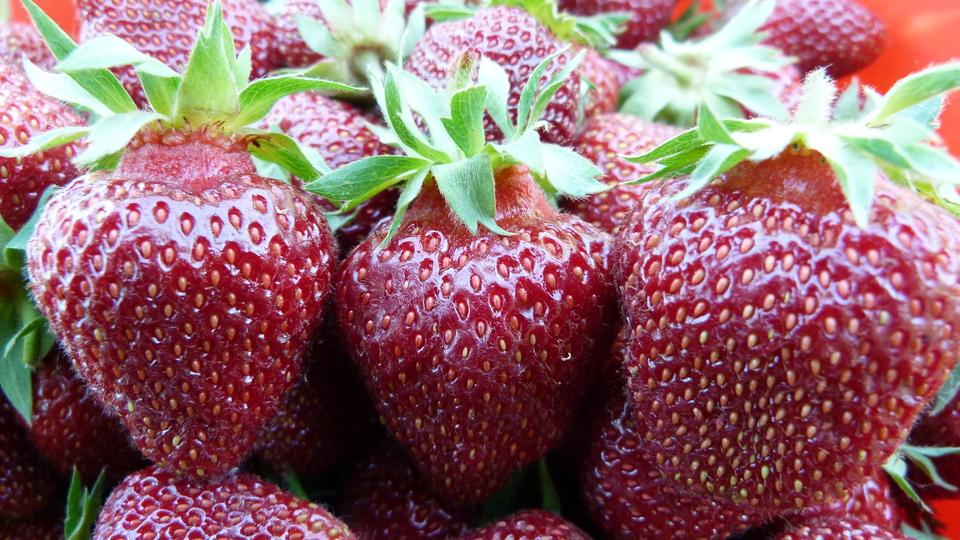
The disadvantages of the variety include:
- The yield of the variety is average.
- By the end of the fruiting season, the berries become small.
- Requires shelter for the winter.
- Demanding on fertilization.
The ruby pendant has lived in the beds of Russian gardeners for almost half a century. Strawberries of domestic breeding of that time are inferior to modern improved hybrids in terms of yield and fruit size. But at the same time, the variety, beloved by gardeners, remains in the beds of summer residents and does not lose its popularity.
Growing Strawberries Ruby Pendant
In order to get the declared yield from the strawberry Ruby pendant, it is necessary to follow the planting technology, agricultural techniques, choose the right place and prepare the planting material. You cannot do without dressing and applying additional fertilizers.
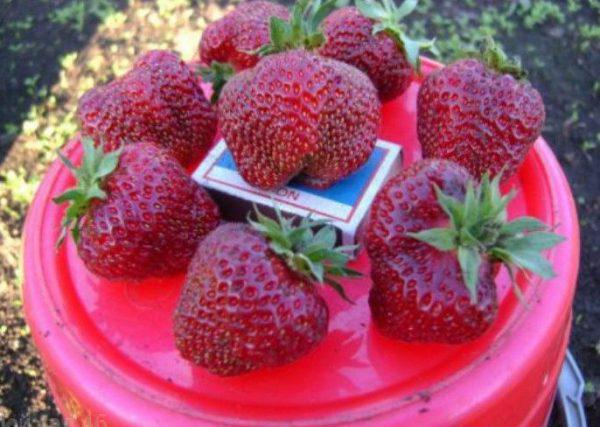
Time and place for disembarkation
The best time for planting seedlings in the ground is August, the bushes planted in spring will yield only the next year. A place for strawberry beds is prepared in advance: they dig up the soil, loosen it, apply fertilizers. It is recommended to disinfect the soil from fungal infections - water the beds with warm water with potassium permanganate or iodine solution.
Plants are transplanted in the evening, the sun can harm fragile seedlings.
Preparation of planting material
The ruby pendant is propagated in the traditional way - a mustache. The plant produces many of them. Weak antennae are removed, and strong antennae are used as planting material. The main criterion for selecting seedlings is the condition of the root system. It must be powerful. Roots longer than 10 cm are cut off.

Landing technology
Ruby pendant is a variety of garden strawberries that form large rosettes. When planting plants, an interval of 40 cm between the bushes must be observed.In the row spacing, an interval of 30 cm is maintained.
Important! The chess arrangement of plants is the most correct, the bushes will not interfere with each other, an optimal balance of illumination will be created.
The holes are made 20 cm deep. A handful of humus with wood ash is added to the grooves and mixed with the main soil. The roots must be carefully spread out and the plant must be covered with earth. The soil should not fall on the growth point of the bush. The planted sprouts are watered with warm water under the root.
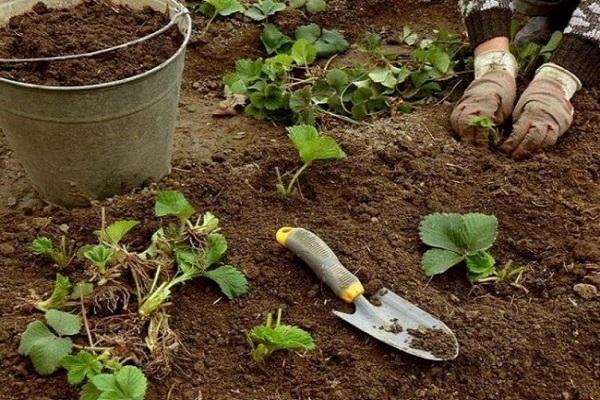
The subtleties of caring for the variety
Strawberry Ruby pendant is a moisture-loving variety, special attention should be paid to the irrigation system. The taste characteristics of the fruit depend on the composition of the soil and the degree of its fertility. On acidic soils without fertilization, the berries quickly become smaller and tasteless.
Watering, weeding and loosening
Maintaining a moisture balance is the key to successful cultivation of all varieties of garden strawberries. The gardener must take into account the weather conditions. Before watering, check the condition of the soil. It is enough to dip your finger into the ground and assess the level of moisture. It is impossible to allow stagnation of moisture at the roots, the fruits will begin to rot and become watery. Fungal infections, such as gray rot, can quickly spread, and the Ruby Pendant is most susceptible to this disease.
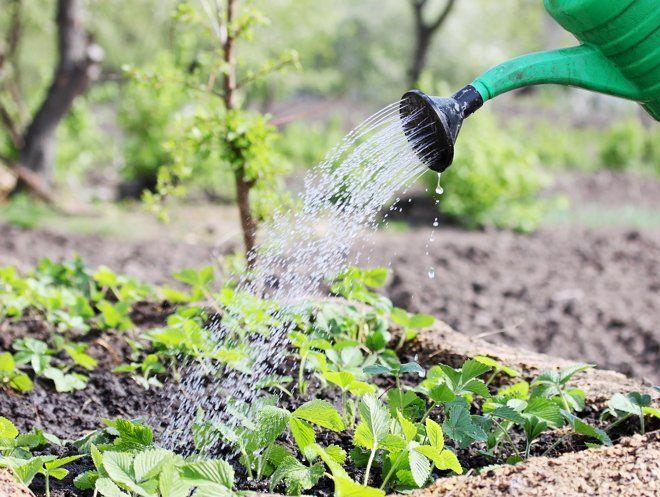
The soil should be loosened regularly, combining the procedure with cleansing the bushes from wilted leaves and removing weeds.
Mulching
Mulching is the surface covering of the soil with organic materials. This procedure prevents the growth of weeds, becomes a nutritious pillow for strawberries, protects plants from cold and pests.
The type of mulch determines the purpose of the procedure. For example, sprinkling plants with humus, peat or rotted manure creates a nutrient supply that is evenly used by the plant. Lapwood, straw, sawdust disinfect the soil, serve as a shelter for the winter, do not allow ripe strawberries to touch the ground.
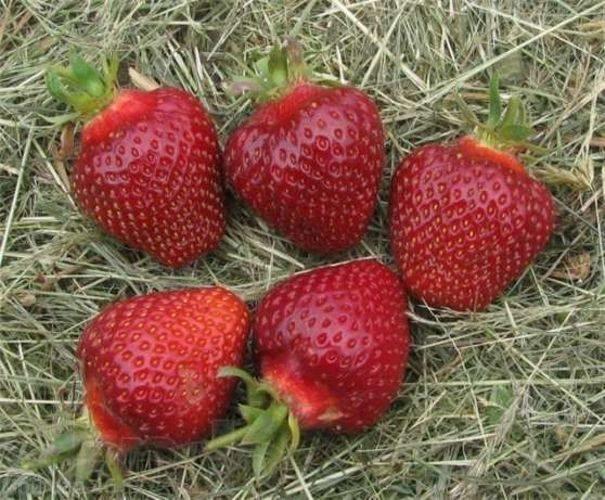
The ruby pendant must be mulched with humus in early spring, during flowering and after harvest. The procedure is carried out after loosening. For the winter, the bushes are covered with spruce branches or straw.
Top dressing
The complex of mineral and organic fertilizers is applied to the soil in early spring. Plants need nitrogenous fertilizers and fertilizing, which contain potassium and phosphorus. A wide range of such complex fertilizers is available in hardware stores.
From folk recipes for fertilizers, strawberries of the Ruby Pendant type respond well to feeding with bird droppings with wood ash. For 10 liters of water, 1 kg of organic material is consumed and one glass of ash is diluted. It is necessary to apply the product in the spring and during the flowering period. Strawberries are fed in the evening.
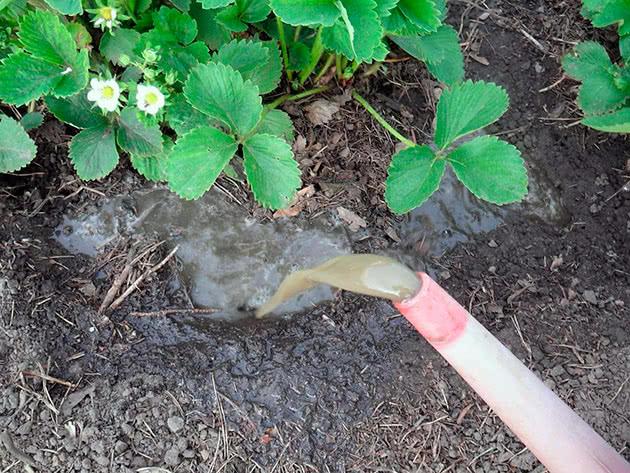
Preparation for wintering
In the fall, after the end of the fruiting period, strawberry plantations are prepared for the cold season:
- The bushes are pruned and old yellowed leaves are removed.
- Plants are fed and sprinkled with humus.
- The beds are covered with spruce branches or straw.
The ruby pendant tolerates frosts down to -23 0С. In colder winters, strawberries can freeze completely.
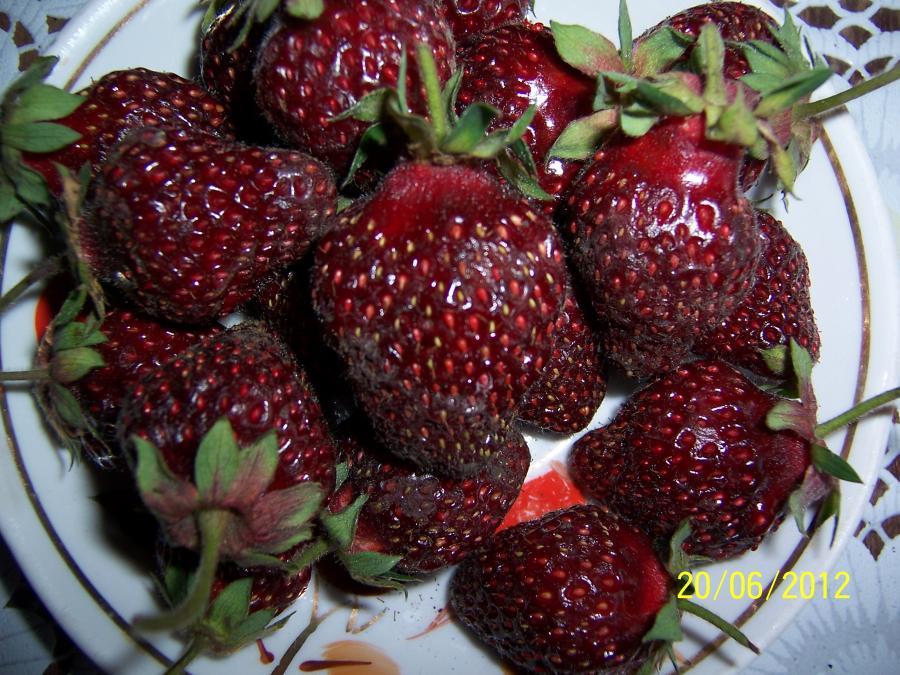
Treatment of strawberries from diseases and pests
Plants can be protected from pests and infections by prophylactic spraying with pesticides. It is especially important to carry out processing during the flowering period. You can use Bordeaux liquid or complex preparations.
In most cases, the Ruby pendant is affected by gray rot or verticillary wilting.
Both diseases are of the fungal type and arise as a result of excess moisture and poor ventilation of the beds. Treatment of plants with copper sulfate, an aqueous solution of iodine, and garden sulfur are effective measures to combat these diseases.
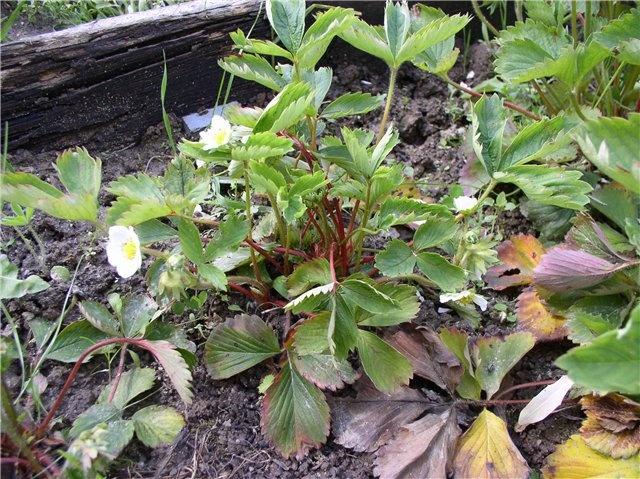
Reproduction of garden strawberries
Propagate the Ruby pendant with a mustache. Weak processes are removed, strong ones are left and added dropwise next to the plant. Then the daughter bushes are transplanted to the prepared beds.
On a note! The scheme of planting young bushes of the Ruby pendant is standard: 40 cm between bushes, 50 cm - between rows.Seedlings can be purchased at specialized stores or grown independently from seeds.
Collection and storage
Ruby pendant berries have good keeping quality and presentation. They can be consumed fresh and used for sale. Store strawberries in baskets or boxes with good ventilation. It is recommended to pick the berries before watering, so the strawberries will stay longer without giving juice. Do not leave the harvested crop in a sunny place, the berries will become soft. The fruits are harvested together with sepals, the berry is less injured and is stored longer.
Strawberry variety Ruby pendant is easy to grow and zoned for the temperate continental climate of our country. It can be grown in areas of risky farming, the main thing is not to forget about sheltering berries for the winter. Subject to the care elements of the strawberry Ruby pendant will give a harvest of delicious bright berries.
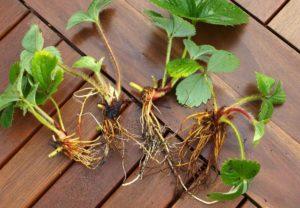
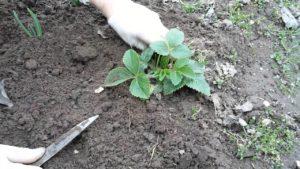


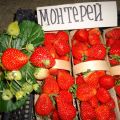
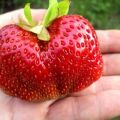



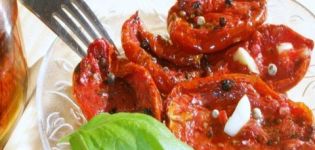
It is not for nothing that this variety is called that way, the color of the strawberry is really rich, it is a pity that the harvest from one bush is small. I recommend planting several at once, they do not require special care.